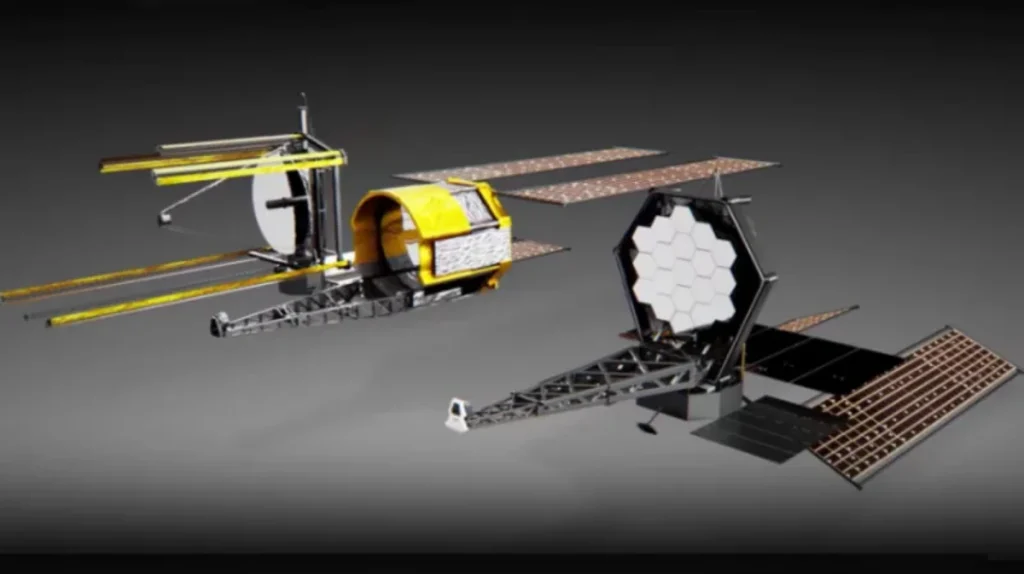Scientists from Durham University are contributing to an exciting new project that could transform humanity’s search for alien life. A team of UK researchers is helping to design a high-resolution imaging camera for NASA’s Habitable Worlds Observatory (HWO) — a next-generation space telescope built specifically to locate and study Earth-like planets beyond our solar system.
Revolutionary Camera for the Habitable Worlds Observatory
The new camera, currently being developed by experts at Durham University and University College London (UCL), will play a crucial role in detecting potential signs of life on distant planets. Once launched, NASA’s HWO will be the first-ever telescope dedicated to identifying rocky exoplanets and examining their atmospheres for chemical indicators of life.
Professor Richard Massey of Durham University described the innovative project as the “21st century’s Hubble Space Telescope.” According to him, this advanced imaging system will not only search for extraterrestrial life but also help scientists observe asteroid collisions, study black holes, and unravel the mysteries of dark matter.
How the Telescope Will Detect Earth-Like Planets
Studying rocky planets like Earth has always been a challenge because they orbit close to their stars, making them hard to observe due to intense brightness. NASA’s HWO aims to overcome this with a specialized tool known as a coronagraph — a device designed to block out starlight and allow the faint glow of nearby planets to become visible.
This groundbreaking camera will help measure a planet’s mass, analyze its atmosphere, and potentially detect chemical traces that suggest life. By doing so, it could bring us closer than ever to answering the age-old question: Are we alone in the universe?
UK Team Leading the Innovation
The UK’s contribution to this historic mission is being led by University College London (UCL), working alongside experts from Durham University, University of Portsmouth, RAL Space, and the UK Astronomy Technology Centre. These institutions form one of two groups funded by the UK Space Agency to explore the development of a UK-led high-resolution imager for the mission.
The second research group is being led by the University of Leicester, highlighting the UK’s growing role in space exploration and planetary science.
A New Era in the Search for Life Beyond Earth
NASA’s Habitable Worlds Observatory is scheduled for launch in the early 2040s. Once operational, it could change our understanding of the cosmos forever. With advanced imaging capabilities and international collaboration, this project represents one of the most ambitious attempts yet to find life beyond Earth.
As Professor Massey noted, this powerful new telescope will not only continue humanity’s exploration of the universe but may also redefine what we know about life itself.
Also Read: ChatBlu Launches AI-Powered Inventory Agent to Revolutionize E-Commerce Management



